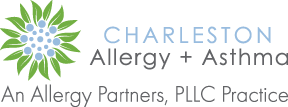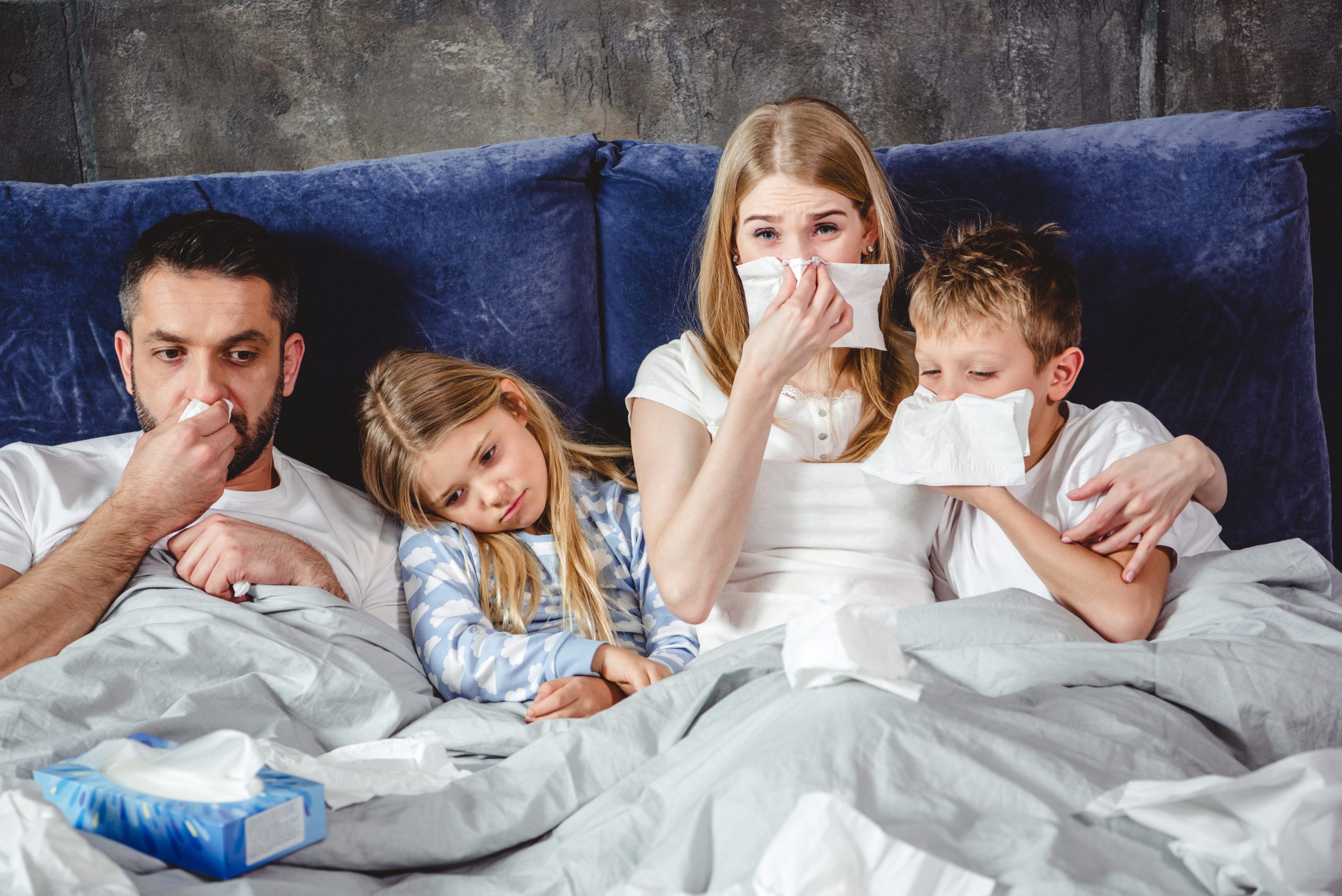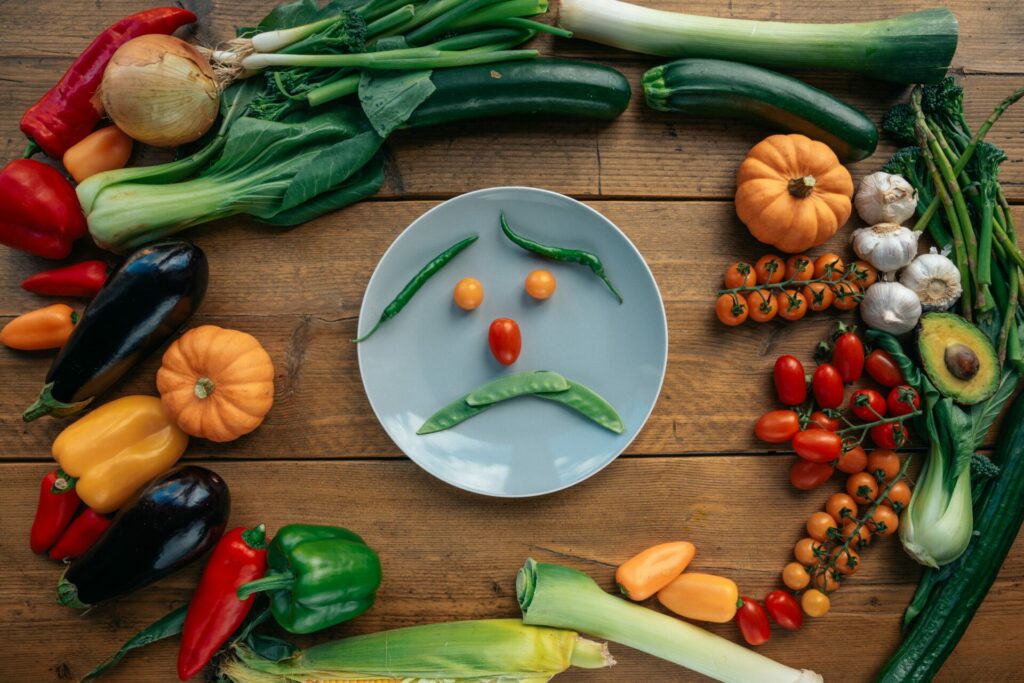It is reported that this flu season is on track to be the worse flu season we’ve seen in years. The CDC estimates that we are only half way through the season too. Evidence from the CDC shows that traditionally the patients with the highest risk are the very young (0-4 years) and the 65+ population, interestingly the larger concern this year is more of the “baby boomer” age of 50-65 years. We’re seeing higher death rates and hospitalizations within this age group. Why is it hitting the baby boomers more? The speculation is that this age group has increased exposure due to grandchildren. Another potential cause is this particularly nasty flu strain, H3N2, was not one they were exposed to when they were young.
H3N2 is the most prevalent strain this season and last year’s vaccine efficacy was estimated at 32% against it. An estimate will not be done until the end of the season, but experts are suggesting we’ll see a similar efficacy rate. Even though the vaccine may not prevent you from getting the H3N2 strain, if you get the vaccine and still contract the flu, the vaccine will make your symptoms less severe and the duration of illness shorter.
In prior flu seasons, 80-85% of the children who died from the flu had not gotten a flu vaccine. “I strongly encourage patients of all ages to get vaccinated not only for themselves but to prevent the spread of flu to their loved ones during this severe flu season,” per board-certified allergist Dr. Carolyn Word. She also added, “It is on track to be an epidemic flu season.”
So far, this flu season has claimed 53 pediatric deaths. Although some areas have seen the flu decrease, the US is still very much affected and in some areas, it is on the rise. One notable characteristic that’s been reported of this flu season is that it hit nearly all states at the same time and most states have seen steady activity of the virus for over three weeks. Typically, you see different areas of the country pop up with flu activity but this season the entire country has been experiencing the flu simultaneously. “This is the highest level of activity recorded since the 2009 H1N1 pandemic,” per Dr. Dan Jernigan with the CDC.
Symptoms vary from person to person but typically those that have contracted the flu report: fever, cough, sore throat, stuffy/runny nose, muscle/body aches, headaches, fatigue, and vomiting/diarrhea (more seen in children, less in adults).
The flu virus can potentially exist on a hard surface for up to 24 hours. There are several common household products that you can use to clean your home of flu germs, those include: alcohol, hydrogen peroxide, chlorine, detergents (soap), and iodophors (iodine-based antiseptics). Remember to take your vitamins and wash your hands!!
If you contract the flu, protect others by staying home, see your doctor for a diagnosis and cover your mouth and nose when coughing and sneezing. And it’s still not too late to get the flu vaccine. Please contact your local pharmacy, pediatrician or primary care doctor to get vaccinated.
You can monitor SC’s weekly surveillance report here. It’s a map of the state that provides details on how many flu deaths and hospitalizations have been reported, as well as, which counties are being affected the most.




